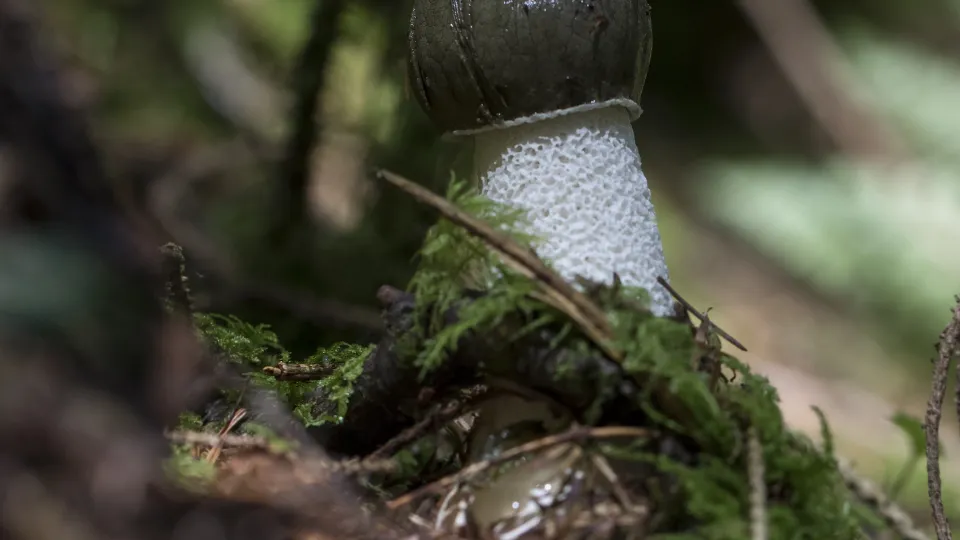
Stinkhorn fungus
The stinkhorn has an unmistakeable and intense stench that has been likened to rotting meat. Its appearance is also very distinctive: a phallic, white, stem-like structure, with a brown, bell-shaped head.
A taxon is Not Evaluated when it is has not yet been evaluated against the criteria

The stinkhorn has an unmistakeable and intense stench that has been likened to rotting meat. Its appearance is also very distinctive: a phallic, white, stem-like structure, with a brown, bell-shaped head.
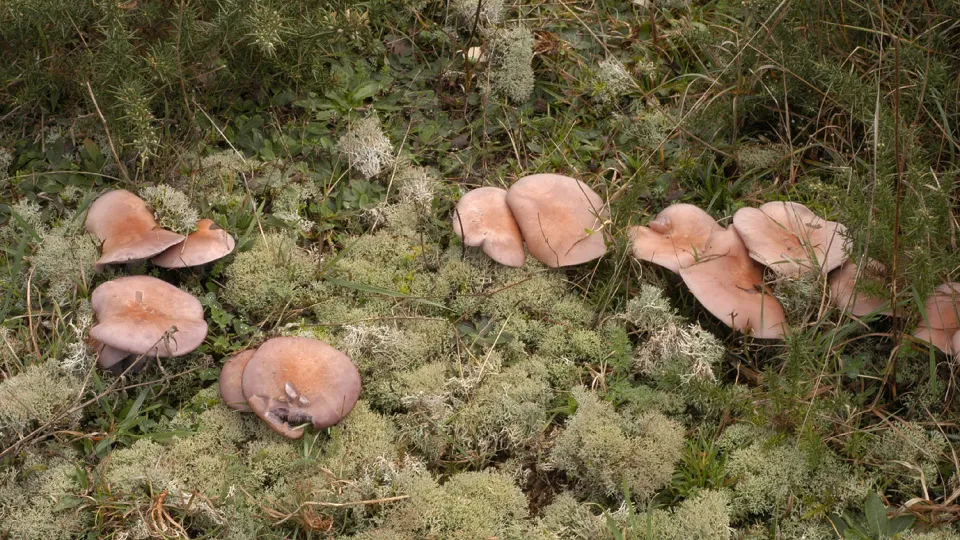
The lilac-blue wood blewit grows in woodland and parkland. It is edible and gathering wild food can be fun, but it's best to do it with an expert - pop along to a Wildlife Trust event to try it.
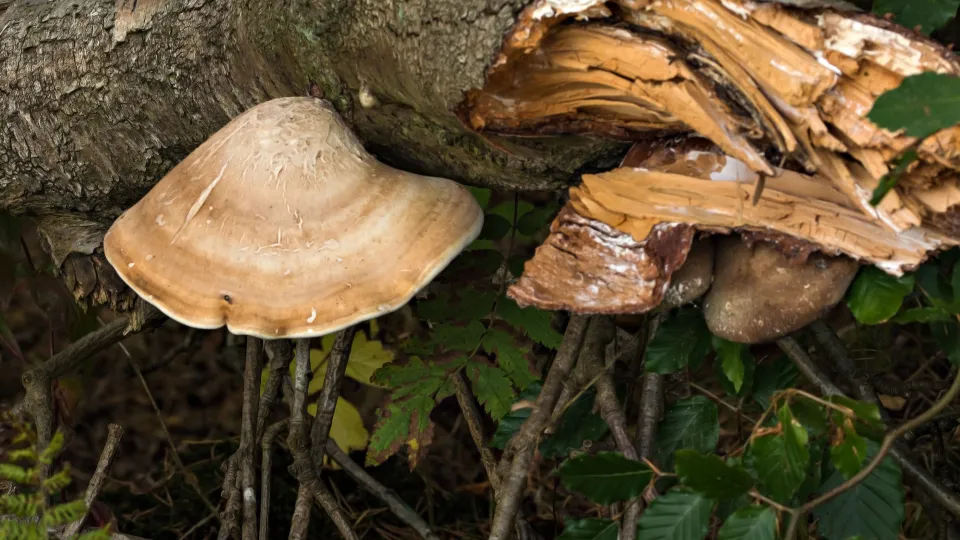
The birch polypore only grows on Birch trees. This leathery bracket fungus has a rounded, coffee-coloured cap that was once used for sharpening tools, hence its other name: the 'Razorstrop fungus'.
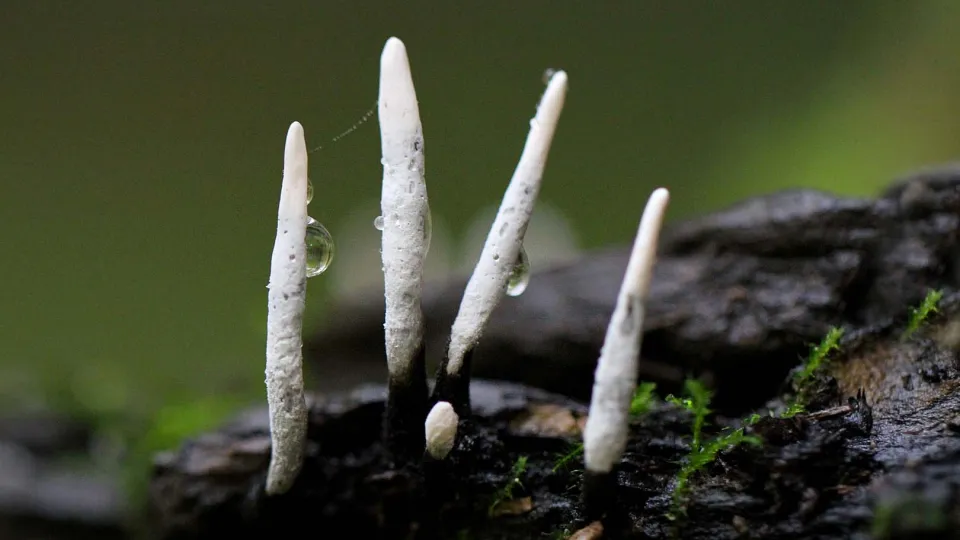
The candlesnuff fungus is very common. It has an erect, stick-like or forked fruiting body with a black base and white, powdery tip. It grows on dead and rotting wood.
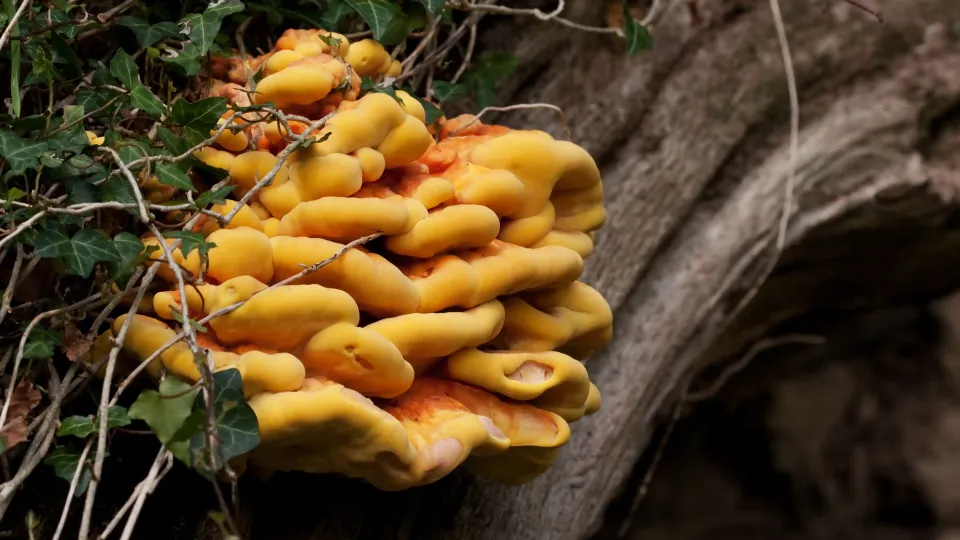
Chicken of the woods is a sulphur-yellow bracket fungus of trees in woods, parks and gardens. It can often be found in tiered clusters on oak, but also likes beech, chestnut, cherry and even yew.
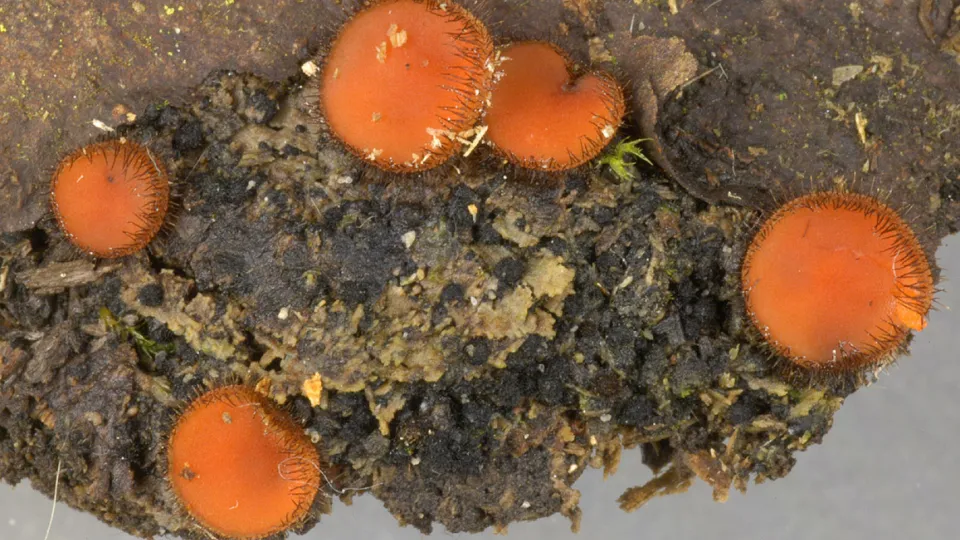
The diminutive common eyelash fungus can be found on wet wood and humous-rich damp soil, often by streams or in wet places. Its orange cup is fringed with tiny, black hairs, providing its common name.
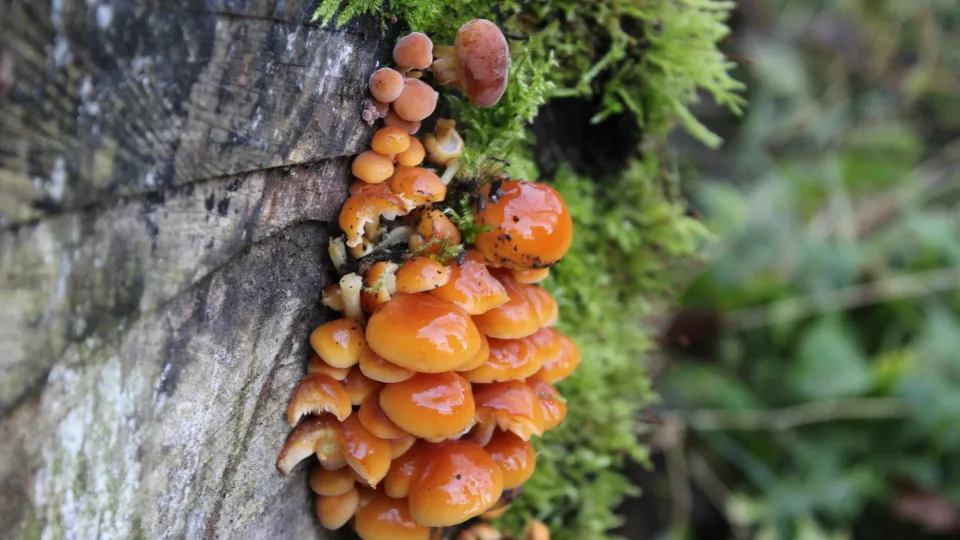
The velvet shank can be found clustered on the dead and dying wood of deciduous trees, such as elm, ash, beech or oak. It has a bright orange cap and can be seen throughout winter.
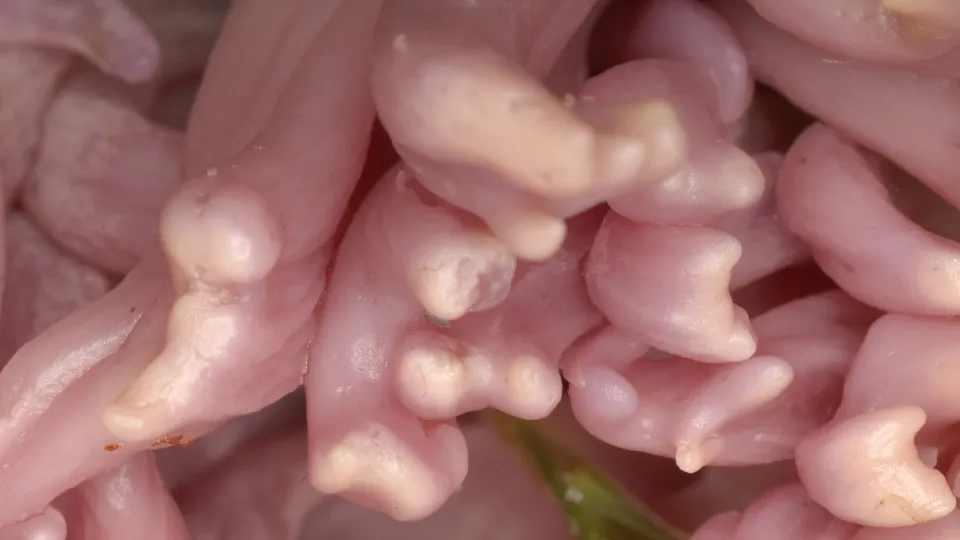
The branching, finger-like projections of this fungus give it the appearance of an underwater coral. Its striking colour and form make it easy to spot, but it is scarce in the UK.
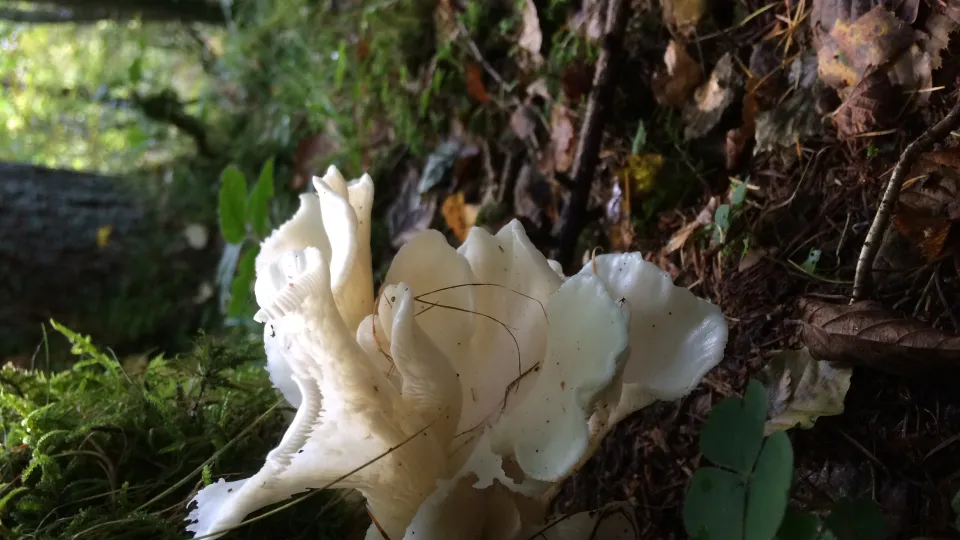
The angel's wings fungus grows in overlapping clusters in the coniferous woods of Scotland and north England. Its funnel-like, white caps have no stems.
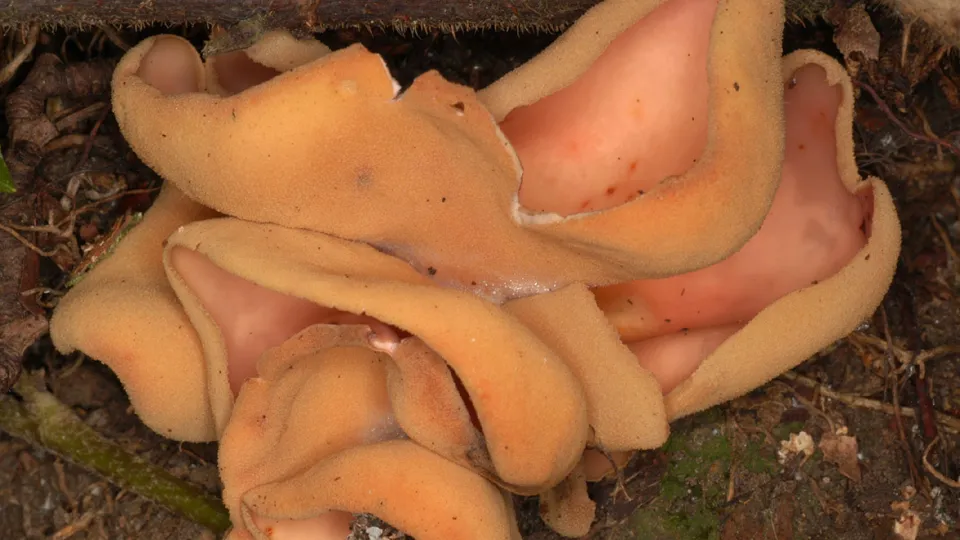
The hare's ear is a cup-like fungus that grows in clusters in broadleaved and mixed woodland, often near to the path. Its orange colour makes it quite conspicuous in the leaf litter.